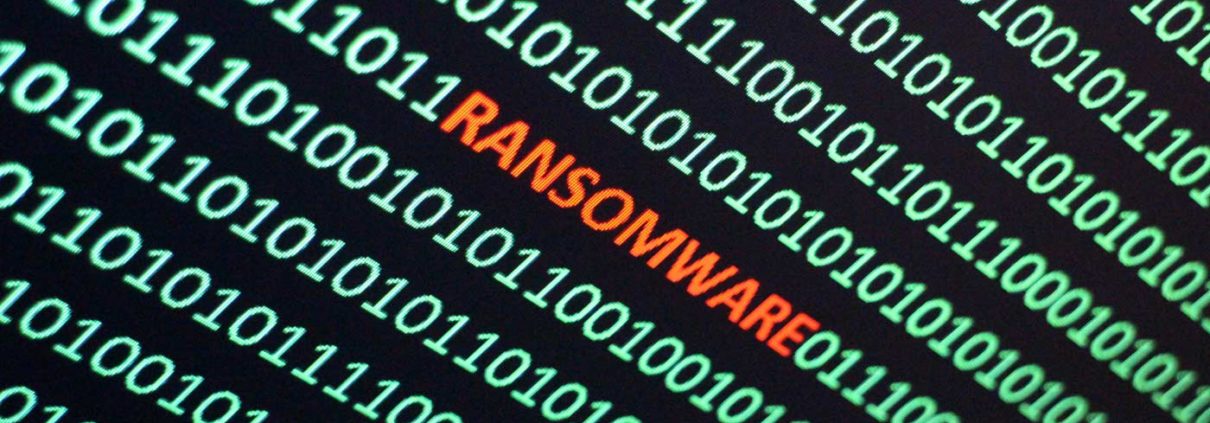Cyber Infrastructure – the Fifth Domain
The last couple of years has seen an incredible rise in reported incidents of cyber attacks. Research by many organizations, including Check Point Software and Verizon DBIR, indicate that it’s not a reporting bias, cyber attacks are indeed on the rise. The good news for us all, as the New York Times reported, is that President Obama is stepping up the nation’s cyber defenses to meet this threat.
Our nation’s economy and well-being are totally dependent on our networks. To keep our economy moving, information flowing, and ourselves informed, we need to protect and defend these networks. Our cyber infrastructure has become the fifth domain a sovereign nation needs to protect – after air, land, sea and space.
Network Security isn’t a Safety Guarantee
Cyber defense isn’t trivial or easy or cheap. And there are thousands of network security products to choose from. These products usually serve specific purposes in a defense strategy. For example, firewalls, among many things they do, protect the gate through which information flows, like the locks on your door. Intrusion detection on a network is like motion detectors in your home. They can tell you something is happening, but can’t always discriminate between acceptable and bad activity.
When networks are larger, they’re more complex, often overwhelming teams trying to make sense of a breach. There are scores of reporting systems that provide real-time data about break-ins. But even those are not always as useful as management would like. Dave Dewalt’s story on 60 Minutes recently is typical.
But even with the best people, plans, and essentially an unlimited budget like JP Morgan, companies still get hacked. Why aren’t our networks more secure? Why is a breach in the news every day? Because, as our President agrees, it’s time to harden our networks.
Network Hardening: Getting Ahead of Cyber Attackers
Network hardening requires many things. First, it means understanding your network — every element, every device and every path possible. It means understanding potential threats and having outside intelligence about where the threats originate. It means focusing your limited resources on the most important things you can do to protect your business.
RedSeal’s mission is to help Global 2000 organizations harden their networks. It gives you the detailed information you need — how your network routes traffic, detailed paths from everywhere to everywhere and how ready your equipment is. It helps you determine where you should focus your resources and what exactly you can do to harden your network – from the most risky or vulnerable places to the least. Prioritization is key to getting ahead of the cyber attackers.


 Here is my top 10 list:
Here is my top 10 list: Eventually, we had mapped the network security architecture policy to their network, though, and this was a critical next step in protecting kids and their families from the potential evil done by those who would attack the network of a children’s hospital.
Eventually, we had mapped the network security architecture policy to their network, though, and this was a critical next step in protecting kids and their families from the potential evil done by those who would attack the network of a children’s hospital. This attack unimagederscores two vital truths:
This attack unimagederscores two vital truths: “It’s a reflection of the age we living in. People are always trying to steal information” The main problem that encourages this kind of illegal activity is that it’s really relatively easy. Nobody thinks the hacker who stole the information from the Astros was heavily funded by a foreign government, or anything like that. Indeed, it’s quite possible the person or people involved had no more motivation than curiosity, and found it easy to get in. The challenge, of course, is that every business has secrets – how it approaches negotiation, or the pricelist for its upcoming products, or its next quarter of advertising plans. All that information is useful to others if it’s exposed. Many businesses like the Astros have treated IT security as a “high end” problem – something for banks, the military, or energy companies to worry about. But it’s just not possible to operate that way anymore – the risk of corporate embarrassment, or worse, is escalating. Attackers are finding our complex defenses are badly deployed, badly coordinated, and easy to walk through. All the attacker needs is persistence, and the search for a forgotten, unlocked “side door” onto the business can be largely automated. Defenders need to understand all the gaps, and how all the security defenses work together, even if their only target is “good enough” security. As the Astros have found, the standards of “good enough” are rising rapidly.
“It’s a reflection of the age we living in. People are always trying to steal information” The main problem that encourages this kind of illegal activity is that it’s really relatively easy. Nobody thinks the hacker who stole the information from the Astros was heavily funded by a foreign government, or anything like that. Indeed, it’s quite possible the person or people involved had no more motivation than curiosity, and found it easy to get in. The challenge, of course, is that every business has secrets – how it approaches negotiation, or the pricelist for its upcoming products, or its next quarter of advertising plans. All that information is useful to others if it’s exposed. Many businesses like the Astros have treated IT security as a “high end” problem – something for banks, the military, or energy companies to worry about. But it’s just not possible to operate that way anymore – the risk of corporate embarrassment, or worse, is escalating. Attackers are finding our complex defenses are badly deployed, badly coordinated, and easy to walk through. All the attacker needs is persistence, and the search for a forgotten, unlocked “side door” onto the business can be largely automated. Defenders need to understand all the gaps, and how all the security defenses work together, even if their only target is “good enough” security. As the Astros have found, the standards of “good enough” are rising rapidly.